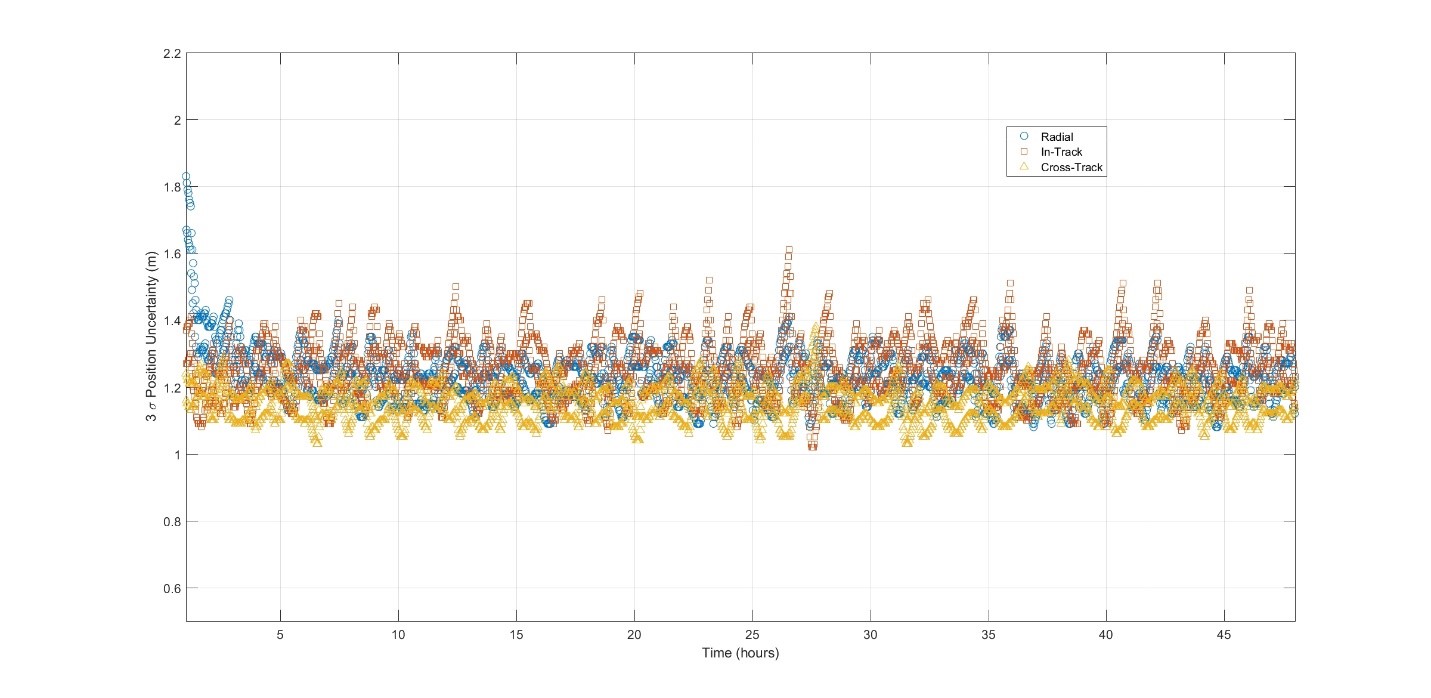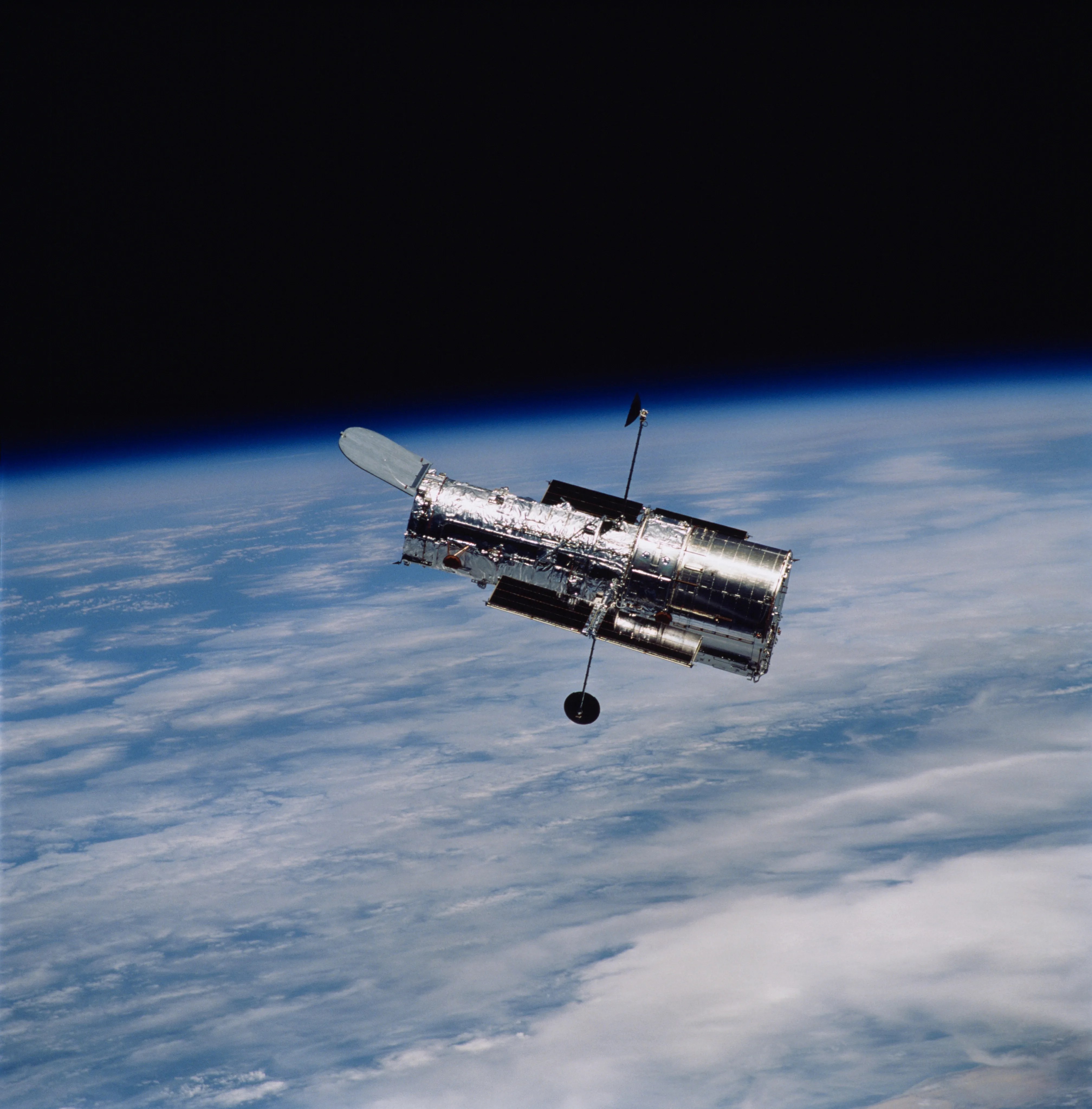Navigation
The Ames Flight Dynamics team supports space missions from early concept studies through flight operations. In our most recent past mission support activity, LADEE’s mission operations ran from September 2013 to April 2014. Upcoming flight missions include BioSentinel and Starling, planned for launches in 2021 and 2022.
Flight Dynamics mission support capabilities include
- Orbit Determination
- Trajectory calculation
- Maneuver planning
- Spacecraft attitude planning
- Delivery of data products
Orbit Determination
One focus area of mission support is Orbit Determination, or Navigation.The state of an orbiting object in space is not known with precision; the numerical algorithms used to propagate the state vector represent approximate solutions to the differential equations of motion, and themselves contain initially small errors that gradually accumulate with time.
These constraints mean that at some point in time the predicted (via numerical solutions to the equations of motion) and the observed (via astronomical observations, for example) state vectors will eventually diverge beyond some desirable tolerance. The way to reduce this accumulation of errors is to periodically take measurements of the object and compare the data to the predicted state vector. That information is then used to obtain a more accurate state vector, or orbit.
Orbit Determination (OD) consists on defining the state vector knowledge of a given object based on measurements. Ground stations and assets located therein (i.e., antennas) are used to obtain tracking measurements, such as range, azimuth and elevation of the spacecraft. For low earth orbit (LEO) satellites, GNSS (Global Navigation Satellite System, i.e., GPS or other such systems) assets may also be used.
The Flight Dynamics team has the capability to produce tracking schedules and all the statistical methods related to estimate the state of a spacecraft once in orbit. Orbit determination analysis for pre-planning is also fundamental to assess the feasibility of a mission and has been applied to some projects. The FD team can therefore provide full navigation and operations support and planning through all mission phases. Examples include the Starling formation flying mission and the sun-orbiting BioSentinel spacecraft.






























